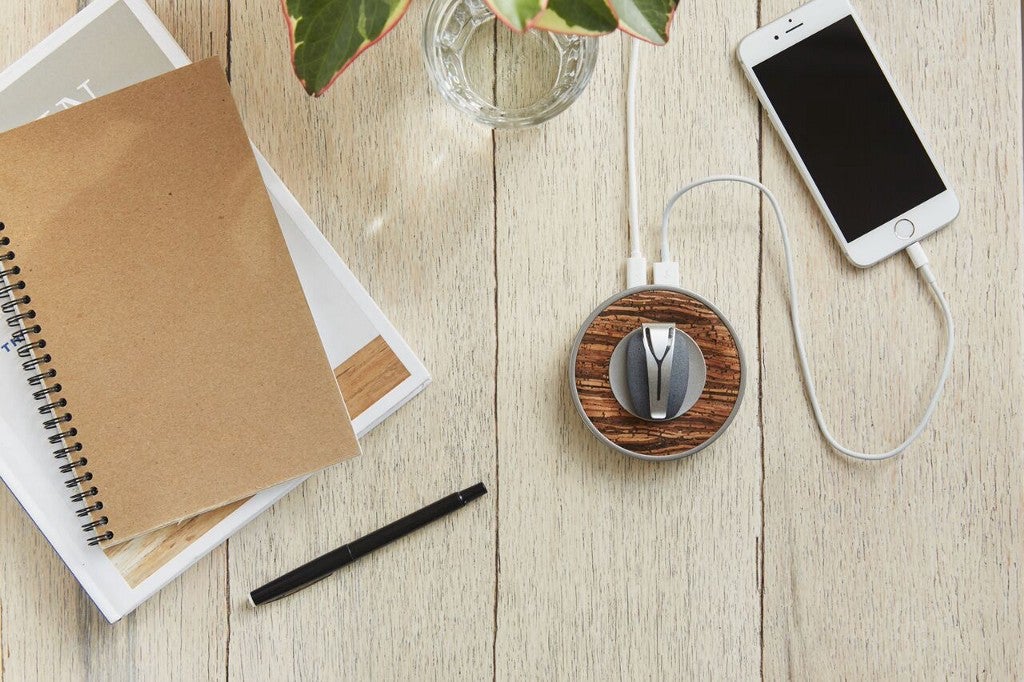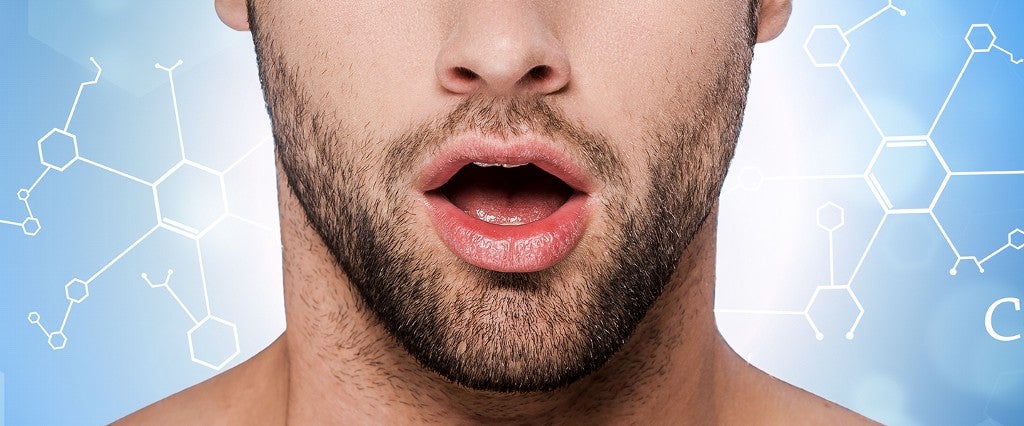After a summer of backpacking in Colorado in the early 1990s, Nirinjan Yee started feeling sick. Yee, then in her 30s, was diagnosed with late-stage Lyme disease and told that she wasn’t going to walk again — if she even survived.
On the advice of a friend, Yee spoke to a German octogenarian named Hildegard Elsberg, who gave her some unusual medical advice inspired by the Middendorf Institute for Breath Experience, which promotes healing through awareness of the breath. Using the methods taught by the Institute, Yee would pause after each exhale, putting her entire focus on the coming inhale, each time slowly moving her swollen joints.
It wasn’t easy, but after two years, Yee was back on a bicycle, free of the symptoms that had kept her bedridden. She’s still not entirely sure how she beat her diagnosis: “I think the details that I was tuning into and the resulting changes in my breathing helped to regulate my autonomic nervous and also strengthen my immune system,” she said.
The experience gave Yee a whole new appreciation of a normally unconscious act, and now she’s trying to bring attention to the breath with the best tool possible: an app.

Yee’s company, BreathResearch, uses “breath acoustics” to diagnose how users are breathing, using a microphone to pick up how the breath sounds coming in and out of the mouth. She started the work in 2004, analyzing recordings of people at rest, mostly athletes and those with chronic illnesses. Yee’s team was gathering a larger database and was getting more sophisticated data about how people with illnesses were breathing, but yearned to collect samples of people exercising or out doing everyday activities. But it was difficult to study the breath on a minute-by-minute basis because the technology wasn’t there. Spirometers, which measure the volume of breath to show the air capacity of the lungs, are clunky tubes or Bane-like masks that go over the mouth and track the gases coming in and out. Doable for someone on a stationary bike; not so useful for someone trying to figure out how they’re breathing during a morning jog or a stressful day at the office.
In using headsets and microphones, the auditory method already held an advantage over the bulky spirometers. Then smartphones changed everything: Suddenly BreathResearch was able to start collecting samples from volunteers around the world in their everyday life. The company’s My Breath app records data from its roughly 6,000 subscribers and creates a visualization of how the user is breathing, as well as offering exercises for relaxation and focus. Yee says it’s part of an effort to help people understand how their breath reacts to what the body is doing and vice versa.
“Our body is an elegant system that works together, the heart and the lungs working together to oxygenate our bodies and our cells,” Yee said. “Our breathing patterns can tell use how we’re doing that, but it can tell us so much more about our metabolism, our oxygen efficiency, our fuel sources.”
But Yee’s goal is to actually make you breathe differently. A new generation of the app is due out in early 2017 and will offer a breath coach that reacts to how you’re breathing now. Coming off a long run? The app could give you a guided recovery pattern to stop you from panting for air. If it detects tight, shallow breaths associated with stress, it could tell you to take some deep breaths for a few minutes. Yee said it could even help patients with respiratory diseases like asthma return to regular breathing patterns, though it would not be a replacement for medication.
In true Silicon Valley style, Yee knows just how to pitch it: “Shazam for breathing, plus personalized breath coach.”

Of course, Yan’s BreathResearch is just one of a slew of companies promising to use wearable technology to bring conscious attention to a typically unconscious action. Apple’s Breathe app sends reminders to users to breathe during the day as a way to reduce stress, while the popular Headspace has a guided meditation session. Resperate is an FDA-approved method to lower blood pressure through a series of deep breathing sessions. It spawned a spinoff app and wearable device called 2Breathe that creates a breathing routine meant to help people fall asleep.
Then there’s Spire, which came out of the work of Neema Morajevi at the Stanford University’s Calming Technology Lab (Morajevi left the lab this spring to work at Spire full time). The 1.5-inch oval, which Spire calls a “stone,” clips onto your belt or bra, where it measures different breathing patterns and produces a record of your day. The device is meant for stress relief; its tagline promises to help you “discover calm.”

“Though it’s intuitive, the reality is that modern society is full of things that draw our attention in ways that have never been done before,” Moraveji said. “So we have to use technology and these tools to be superpowered.”
That sell may be a distinctly modern one, but it’s a goal that draws on thousands of years of knowledge. Anyone who’s taken a yoga class will be familiar with the ancient Indian discipline of pranayama, or breath control, a word partially rooted in the Sanskrit word meaning “life force.” Many classes open with a deep inhale and exhale, just getting into the rhythm of the breath and feeling a calmness spread over you. The tension of the day, the pulsing stress from a hurried day and a crowded commute melt away.
That’s because a deep breath essentially counteracts the body’s natural “fight or flight” response to stress, during which the heart rate and breath both speed up. In a situation like running from danger it’s beneficial, but a buildup from the stresses of everyday life can take a toll on the body. Deep breathing works the opposite way, activating the parasympathetic nervous system and signaling the brain to stop sending out the hormones that ignite the fight-or-flight response.
Now technology is helping scientists and doctors figure out more about the connection between the breath and the rest of the human body — and relay it back to people in real time.
“Through the breath, we can learn a lot about human health,” says Bruce Johnson, a Mayo Clinic doctor who studies the interaction between the heart and lungs. The implications are especially significant when it comes to exercise; the gases in the breath (like the carbon dioxide content of an exhale) have been used to determine the metabolic rate and how much fat is being burned during exercise for years, but Johnson says that “acoustics is a new kind of research tool that adds a new dimension.” How a person’s breath sounds, for example, could show when they are reaching the limit of what their body can physically handle.
BreathResearch is partnering with the Mayo Clinic on work that includes whether auditory patterns can help with early detection of diseases — could a raspy breath foretell respiratory problems? Tracking it in everyday life, instead of just in a lab, could help patients and doctors track illnesses and offer some guidance on how to adapt to them.

David Kuller, an inventor based in Milan, thinks the breath can reveal even more, and believes he has the best way to measure it. In 2013, Kuller was part of a team that won a prize sponsored by the U.S. Environmental Protection Agency and the Department of Health and Human Services for the Conscious Clothing A-Ware vest, a sensor that straps over the chest to measure heart rate and detect how much air is being breathed every minute (it bore strong resemblance to the electromagnet Tony Stark installed before becoming Iron Man).
An attachable nozzle could track levels of soot or dust in the air; combined with the data about how much air was being taken in on each inhale, it could allow scientists to get a second-by-second reading of how much pollution a person was taking into their lungs. It offers a step up from the stationary monitors that the government typically relies on to measure air pollution.
Kuller has since refined the sensor, ditching the pollution nozzle and getting it down to the size of a couple of quarters. The hope is that the “Air-Go” device can be combined with other measurements (heart rate, athletic performance, brain activity) to better show how the breath interacts with and influences the body. “It’s amazing how primeval everything is when we get to the breath,” Kuller says. “It’s like stabbing in the dark. We’ve never been able to measure people under normal circumstances.”
One area with lots of potential is sleep study. Bringing people into labs and hooking them up with wires and expensive equipment doesn’t exactly set the scene for restful sleep, but a small wearable device that could be used at home could give a better sense of how people with sleep apnea, for example, are breathing throughout a typical night.
As with any new tool to measure the body, there’s plenty of interest from the athletic community, which is always eager for any minor edge to improve the body’s performance. Hunter Allen, a Virginia-based bicycle coach and former cyclist himself, has spent years working with endurance athletes using power meters, analyzing the force riders are putting into the pedals.
Allen can already use the power meter and different metrics to come up with a personalized training plan. Adding the respiration rate, he says, could bring in “a new channel of data that we’ve never seen before,” and he even foresees the possibility of having a signal to bikers to encourage different kinds of breathing for different outputs (say, going up a hill).
The need for deep breathing during exercise is well-known — as the muscles use more energy, they produce the molecule ATP, which requires oxygen. Sucking down deep breaths is a natural response to a heavy workout. There are even devices and exercises to strengthen the diaphragm, meant to expand the lungs’ capacity for each breath.
But studies have shown that the right kind of breathing can make a difference. A 2011 study published in the Journal of Sports Science that tracked runners found that those who trained the inspiratory muscles — those that control inhalation — with a resistance training device improved their times by between 5 and 15 percent. A 2014 study published in the journal Wilderness and Environmental Medicine even found that training mountain climbers to take quick, deep breaths helped them overcome acute mountain sickness at high altitudes.
Yee’s BreathResearch company is now partnering with the University of Wisconsin Human Performance Lab to study whether the sound of breath could give us better information about our workouts than the heart-rate sensors built into the grips of an elliptical trainer.
“Heart rate alone can’t tell us about the change in fuel sources and the exercise intensity,” Yee says. “Where we do see it is in the breathing patterns.”
Athletes may have plenty of interest in making sure each breath counts and maximizing its power, but it may have less importance for someone in their everyday life. After all, we can breath from the moment of birth until we die without once ever thinking about. But Yee says that for those who can give it some attention, there’s untold power in the breath.
“We know there’s a way to manipulate breathing, and research shows that we can use our breath to affect our heart rate and our relaxation,” Yee says. “It’s like having a window into a part of nature. Adjusting your breath is adjusting your actions, thoughts and emotions.”
